Wood-Based Panels: Plywood, MDF, and HDF Markets
- September 10, 2024
- 0 comment
Wood-based panels have become indispensable in the global building and furniture industries, offering versatile, durable, and cost-effective solutions. These panels, which include plywood, MDF (Medium-Density Fiberboard), and HDF (High-Density Fiberboard), have diverse applications, ranging from construction to interior design.
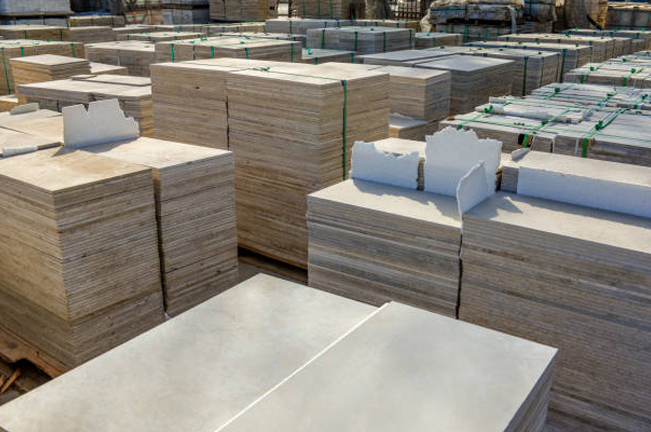
Each of these products has distinct characteristics. Plywood is made by gluing together thin layers of wood veneers. MDF is engineered from wood fibers bonded with resin under heat and pressure, creating a smooth, uniform panel. HDF, a denser version of MDF, is also fiber-based but with a much harder surface, making it ideal for flooring and high-strength furniture.
The development of these panel products has a long history, starting with plywood in the early 20th century, followed by MDF and HDF in the 1960s and 1970s as a response to the increasing demand for more affordable, manufactured wood products.
Table of Content
- Plywood: Market Dynamics and Applications
- MDF (Medium-Density Fiberboard): Applications and Market Insights
- HDF (High-Density Fiberboard): A Growing Market Segment
- Comparative Analysis: Plywood vs. MDF vs. HDF
- Key Market Drivers for Wood-Based Panels
- Challenges Facing the Plywood, MDF, and HDF Markets
- Regional Analysis: Global Markets for Plywood, MDF, and HDF
- FAQs
Plywood: Market Dynamics and Applications
What is Plywood?
Plywood is a versatile building material made by bonding several thin layers of wood veneer together with adhesives. Its cross-laminated structure gives it exceptional strength and durability, allowing it to withstand high loads and resist warping. Plywood is categorized into several types, including softwood, hardwood, tropical, and structural, depending on its intended use.
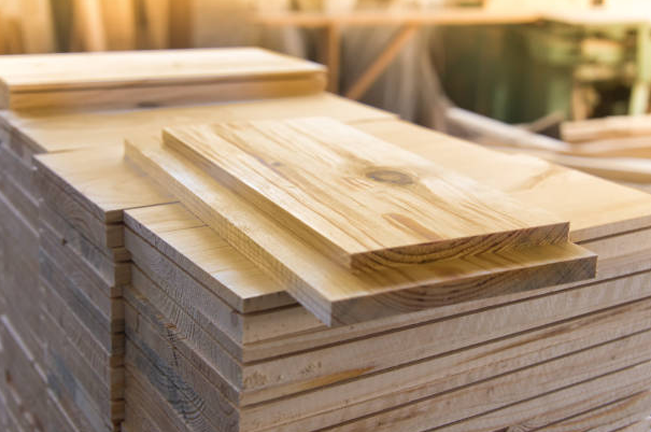
Applications of Plywood
Plywood’s strength and versatility make it popular for various applications, including:
- Construction: Plywood is used for roofing, subflooring, and wall sheathing.
- Furniture: It is favored for making cabinets, tables, and shelving units.
- Interior Design: Plywood is often used in interior walls, paneling, and flooring underlayment.
Production and Manufacturing Trends
Plywood manufacturing has seen notable technological advancements over the past decades. Countries like China, Brazil, and Russia are leading producers of plywood. Manufacturing involves peeling thin layers of wood veneer from logs, drying them, and then bonding them with resin under heat and pressure. The use of advanced adhesives has improved plywood’s durability, moisture resistance, and fire retardancy.
Global Market Trends for Plywood
The plywood market has been growing steadily, driven by demand in the construction, furniture, and packaging industries. Asia-Pacific remains the largest market due to rapid urbanization and infrastructure development. North America and Europe also show significant demand, particularly for sustainable and certified wood products.
MDF (Medium-Density Fiberboard): Applications and Market Insights
What is MDF?
MDF, or Medium-Density Fiberboard, is a wood panel product made from wood fibers combined with wax and resin. It is pressed at high temperatures to create a dense and smooth panel. Unlike plywood, MDF is not made of veneers but from finely milled wood fibers, giving it a uniform texture.
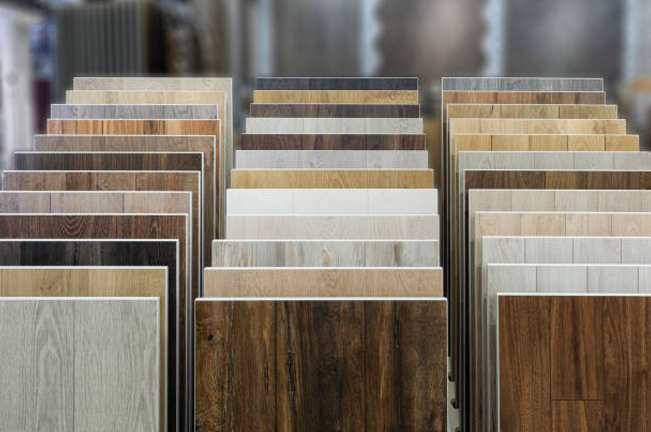
Applications of MDF
MDF is widely used in:
- Furniture Manufacturing: It is ideal for cabinets, shelving, and desks due to its smooth surface, which can be easily painted or laminated.
- Cabinetry: MDF is often used for door panels and drawer fronts in kitchen and bathroom cabinetry.
- Interior Applications: It is also popular for decorative wall paneling, moldings, and trim work.
MDF Production Process and Innovations
MDF production involves breaking down softwood or hardwood into wood fibers, mixing them with wax and resin, and then compressing the material under high heat. Innovations in production include the use of formaldehyde-free resins and the development of moisture-resistant MDF for humid environments.
Global Market for MDF
The global MDF market continues to expand, driven by rising demand for affordable, high-quality furniture and cabinetry. Asia-Pacific leads in MDF production and consumption, with countries like China and India contributing significantly to global demand. North America and Europe are also substantial markets, with a focus on eco-friendly MDF products.
HDF (High-Density Fiberboard): A Growing Market Segment
What is HDF?
HDF, or High-Density Fiberboard, is similar to MDF but is denser and more durable. Its hardness and strength make it suitable for applications that require more resilience. HDF has a smooth surface and excellent moisture resistance, which makes it ideal for high-traffic and moisture-prone areas.
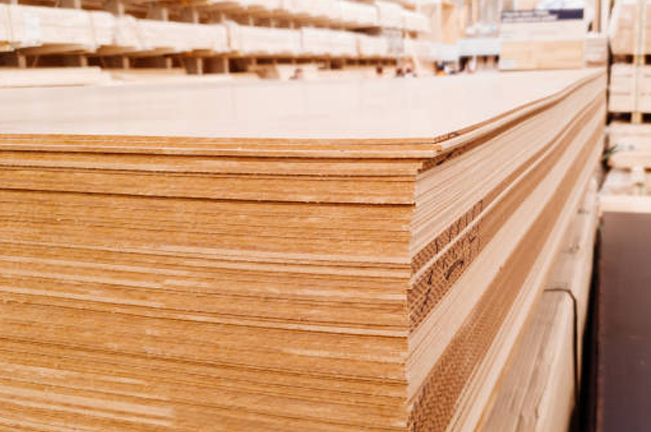
Applications of HDF
HDF is primarily used in:
- Flooring: It serves as the core material for laminate flooring, offering strength and durability.
- Furniture: HDF is used in high-strength furniture, such as desks and bookshelves, where sturdiness is essential.
- Specialty Products: Its dense nature also makes it ideal for doors and panels in environments that require added strength.
Production Techniques for HDF
The production of HDF involves a similar process to MDF but with higher pressure and heat to achieve greater density. This results in a stronger panel that can withstand more significant wear and tear. HDF production has also benefited from advancements in adhesives, which have improved its water resistance and overall durability.
HDF Market Trends and Future Outlook
The demand for HDF is increasing, especially in the flooring industry, where it is used as a core material for laminate and engineered wood flooring. Regions like North America, Europe, and Asia-Pacific are witnessing growing demand, driven by construction, home renovation, and furniture industries. Future growth is expected as more industries adopt HDF for its durability and sustainability.
Comparative Analysis: Plywood vs. MDF vs. HDF
Performance Comparison
- Plywood: Offers excellent strength and is resistant to warping. Ideal for structural applications.
- MDF: Has a smoother surface and is better suited for interior furniture and decorative purposes.
- HDF: The densest of the three, providing superior strength for high-traffic areas like flooring.
Cost Analysis
- Plywood: Generally more expensive than MDF but offers superior strength.
- MDF: More affordable, making it a popular choice for budget-conscious projects.
- HDF: Typically priced higher than MDF but is a cost-effective option for its durability and strength.
Sustainability and Environmental Impact
All three products can be eco-friendly when sourced from certified wood suppliers. However, MDF and HDF are often considered more sustainable as they make use of wood fibers, which reduces waste.
Choosing the Right Panel for Different Applications
- Plywood: Best for construction and heavy-duty furniture.
- MDF: Ideal for cabinetry, shelving, and interior design.
- HDF: Suited for flooring and high-durability furniture.
Market Drivers for Wood-Based Panels
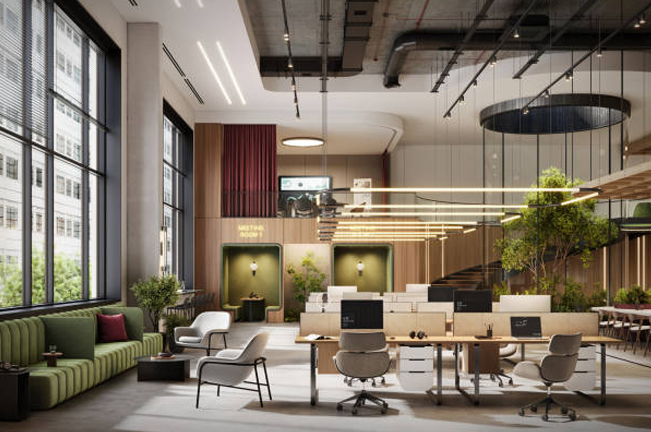
Construction Industry Growth
The construction sector’s expansion, especially in emerging markets, is driving the demand for wood-based panels. Plywood is a popular choice for structural components, while MDF and HDF are used for interior finishes and flooring.
Furniture and Interior Design Trends
The rise of affordable, flat-pack furniture has boosted the demand for MDF and HDF, while plywood remains popular for custom-made, high-quality furniture.
Technological Innovations
Innovations in production techniques, such as formaldehyde-free resins and moisture-resistant panels, have expanded the applications for all three products.
Environmental Sustainability and Certifications
Consumers and industries are increasingly prioritizing sustainable wood products, with certifications like FSC (Forest Stewardship Council) playing a vital role in market demand.
Challenges Facing the Plywood, MDF, and HDF Markets
Supply Chain Disruptions
Wood-based panel industries face challenges due to fluctuations in raw material supply, transportation disruptions, and rising costs.
Competition with Alternative Materials
Materials like metal, plastic, and composite products pose competition, especially in markets where durability and strength are crucial.
Price Volatility and Trade Barriers
Fluctuating wood prices and international trade barriers, such as tariffs, impact the pricing and availability of plywood, MDF, and HDF.
Regional Analysis: Global Markets for Plywood, MDF, and HDF
North America
In North America, demand for MDF and HDF is growing, especially in the furniture and flooring sectors. Plywood remains a staple in the construction industry.
Europe
The European market emphasizes sustainable wood products, with a strong focus on certified and eco-friendly materials. MDF is a dominant player in furniture manufacturing.
Asia-Pacific
Asia-Pacific is the largest producer and consumer of plywood, MDF, and HDF, driven by rapid urbanization and growth in the construction and furniture sectors.
Latin America and Africa
These regions are emerging markets, with growing demand for wood-based panels as they develop their construction and infrastructure sectors.
Frequently Asked Questions (FAQs)
1. What are wood-based panels?
Wood-based panels are manufactured products made by binding wood veneers, fibers, or particles together with adhesives. The most common types are plywood, MDF (Medium-Density Fiberboard), and HDF (High-Density Fiberboard). These panels are used in construction, furniture, and interior design for their versatility, strength, and affordability.
2. What is the difference between plywood, MDF, and HDF?
- Plywood is made from thin layers of wood veneer glued together, making it strong and resistant to warping.
- MDF is made from wood fibers and resin, creating a smooth, uniform texture ideal for cabinetry and furniture.
- HDF is denser than MDF, offering a harder surface and better durability, making it ideal for flooring and high-strength applications.
3. What are the main uses of plywood?
Plywood is widely used in construction for roofing, wall sheathing, and flooring substructures. It is also used in the production of furniture and interior design elements, such as cabinets and paneling.
4. What is MDF used for?
MDF is popular in furniture manufacturing, particularly for cabinets, shelving, and interior moldings. It is also used in decorative paneling due to its smooth surface that can be easily painted or laminated.
5. What are the common applications of HDF?
HDF is most commonly used in flooring as the core material for laminate floors. It is also used in high-strength furniture and door manufacturing due to its superior durability.
6. How is plywood manufactured?
Plywood is made by bonding multiple layers of wood veneer with adhesives. The veneers are glued with their grain direction at right angles, making the panel resistant to warping and providing strength. The process involves pressing the veneers together under high heat and pressure.
7. How is MDF produced?
MDF is made from wood fibers mixed with resin and wax, which are then compressed under high heat and pressure. This process creates a dense, uniform panel with a smooth surface, ideal for detailed finishes.
8. How does HDF differ from MDF in terms of production?
HDF is produced using a similar process to MDF but with higher pressure and heat, resulting in a denser, more durable product. HDF’s higher density makes it harder and more suitable for flooring and high-stress applications.
9. Which wood-based panel is the most affordable?
MDF is generally the most affordable option compared to plywood and HDF, making it popular in budget-conscious furniture and interior design projects.
10. Which wood-based panel is the strongest?
Plywood is the strongest in terms of load-bearing capacity and resistance to warping. However, HDF is denser and more resistant to wear and tear, making it ideal for flooring and high-durability applications.
11. Are plywood, MDF, and HDF environmentally friendly?
All three products can be environmentally friendly if they are sourced from sustainably managed forests. Many manufacturers produce plywood, MDF, and HDF that are certified by organizations like the Forest Stewardship Council (FSC) to ensure eco-friendly practices.
12. What are the current market trends for plywood?
Plywood remains in high demand for construction and furniture applications. The market is driven by growth in infrastructure development, particularly in Asia-Pacific, and a rising focus on sustainability and certified wood products.
13. What are the key drivers for MDF market growth?
The MDF market is growing due to the increasing demand for affordable furniture and cabinetry. Innovations in MDF production, such as the use of formaldehyde-free resins and moisture-resistant products, are further fueling demand.
14. Why is HDF becoming more popular?
HDF is becoming more popular, especially in the flooring industry, due to its superior strength, durability, and moisture resistance. As laminate flooring becomes more prevalent, HDF’s role in this market segment is expanding.
15. What are the main challenges facing the wood-based panel industry?
Challenges include supply chain disruptions, raw material shortages, competition with alternative materials (e.g., plastics, metal), and price volatility due to fluctuating wood prices and trade barriers.
16. What role do wood-based panels play in construction?
Wood-based panels like plywood are widely used in construction for structural applications such as subfloors, wall sheathing, and roofing. MDF and HDF are used for interior finishes, moldings, cabinetry, and flooring.
17. How do furniture design trends impact the wood-based panel markets?
Trends in affordable, flat-pack furniture have increased the demand for MDF and HDF, while custom-made, high-quality furniture continues to drive plywood demand. Interior design trends also emphasize the need for smooth, paintable surfaces, which favors MDF.
18. What are the environmental benefits of wood-based panels?
Wood-based panels, especially those sourced from sustainably managed forests, are considered more environmentally friendly compared to non-renewable materials like metal or plastic. They also contribute to carbon sequestration, helping mitigate climate change.
19. How are technological innovations affecting the wood-based panel market?
Advances in adhesives, production methods, and moisture-resistant coatings have improved the durability and application of plywood, MDF, and HDF. Innovations like formaldehyde-free resins are also making these products safer and more environmentally friendly.
20. What are the future trends in the global market for wood-based panels?
The global market for wood-based panels is expected to grow, driven by construction and furniture demand, especially in Asia-Pacific. Sustainability and eco-certification will continue to shape market trends, while advancements in production technology will enhance panel quality and performance.

Gilbert Griffin
Forestry AuthorGilbert Griffin is a forest management expert specializing in sustainable practices, forest health, conservation, and land management. With extensive knowledge in pest control, disease management, and habitat restoration, Gilbert develops strategies to preserve forest ecosystems and biodiversity. Passionate about the natural world, Gilbert adapts to changes in forest management and stays updated through continuous learning. Gilbert also provides seasonal advice to optimize forest care throughout the year.

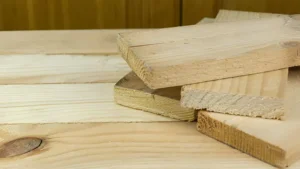
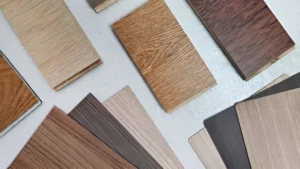
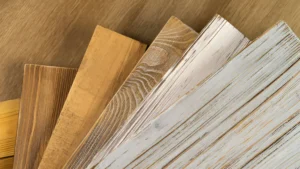
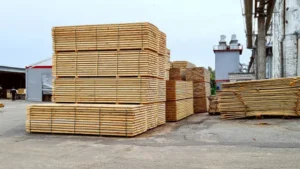


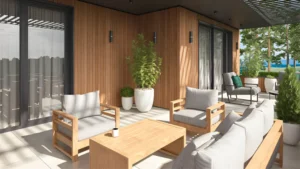
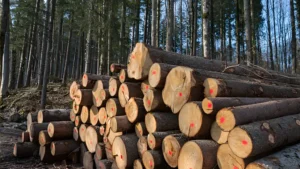

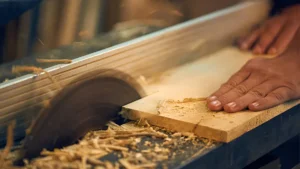
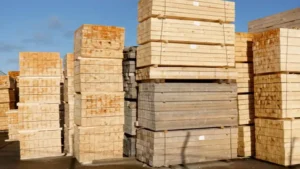
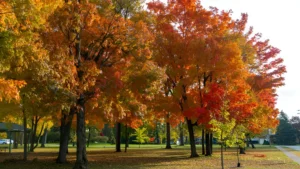
Leave your comment